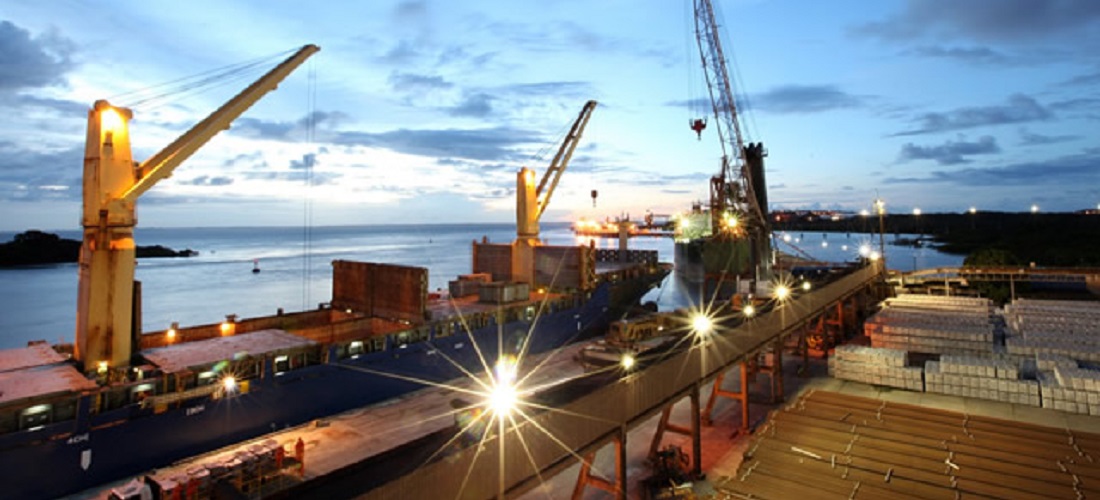
Brazil’s Northern Arc Ports Account for 31.6% Of Grain Shipments in March
Apr, 10, 2024 Posted by Gabriel MalheirosWeek 202416
The Ministry of Agriculture and Livestock (MAPA) released the report on soy and corn exports in March 2024, set at 14.8 million tonnes. Of this total, 14.4 million corresponded to soybeans and 430,000 tons to corn. Although this volume is 14.6% lower than in the same year of 2023, it is the second-best performance for the month.
The participation of the ports of the Northern Arc, such as Itacoatiara (AM), Santarém (PA), Santana (AP), Barcarena/Vila do Conde (PA), São Luiz (MA), and Salvador (BA), sparked the sector’s attention, representing 31.6% of the total volume exported. In 2020, they had a 27.3% share.
From January to March, the total exported was 34.3 million tonnes, an increase of 3% over the same period of 2023 and an increase of 47% compared to the same period of 2020.
There was a significant increase of 31% in soybean exports, reaching 27.3 million tons in the first quarter of 2024 compared to the same period in 2023. On the other hand, corn exports decreased by 27.8% in the first quarter of 2024, totaling 7.0 million tons, compared to the first quarter of 2023.
In March 2024, 11.5 million tons of soybeans and corn were shipped through the ports of the Northern Arc. This represents a growing trend, as these ports handled a significant portion (31.6%) of total exports compared to traditional southern ports (Santos, Paranaguá, São Francisco do Sul, Imbituba, Rio Grande, and Vitória) which exported 22.8 million tonnes.
With the participation of one-third in the exports of corn and soybeans by Brazil, the ports of the North and Northeast regions are growing in importance for the harvests in the Midwest, North, and Northeast, favoring the reduction of costs for producers, in addition to adding greater logistical speed and reducing the emission of harmful gases to the environment.
Harvest
The great innovation of the Northern Arc is due to the shorter distance between the production areas, in the State of Mato Grosso and the exporting ports, which is also verified in the new agricultural frontier of MATOPIBA (region formed by mostly cerrado areas in the states of Maranhão, Tocantins, Piauí and Bahia).
Another positive factor is the possibility of intermodality in transportation (road-waterway and road-rail), which improves export competitiveness and reduces transportation logistics costs.
-
Trade Regulations
Jul, 21, 2022
0
Mercosur approves 10% reduction in import tariffs
-
Other Cargo
Mar, 28, 2023
0
VLI has record high net revenue in 2022
-
Ports and Terminals
Jun, 22, 2023
0
City officials to ask federal government for longer leasing period at Itajaí Port
-
Ports and Terminals
Jun, 28, 2023
0
Brazil government commits over BRL 9 billion in port sector contracts


